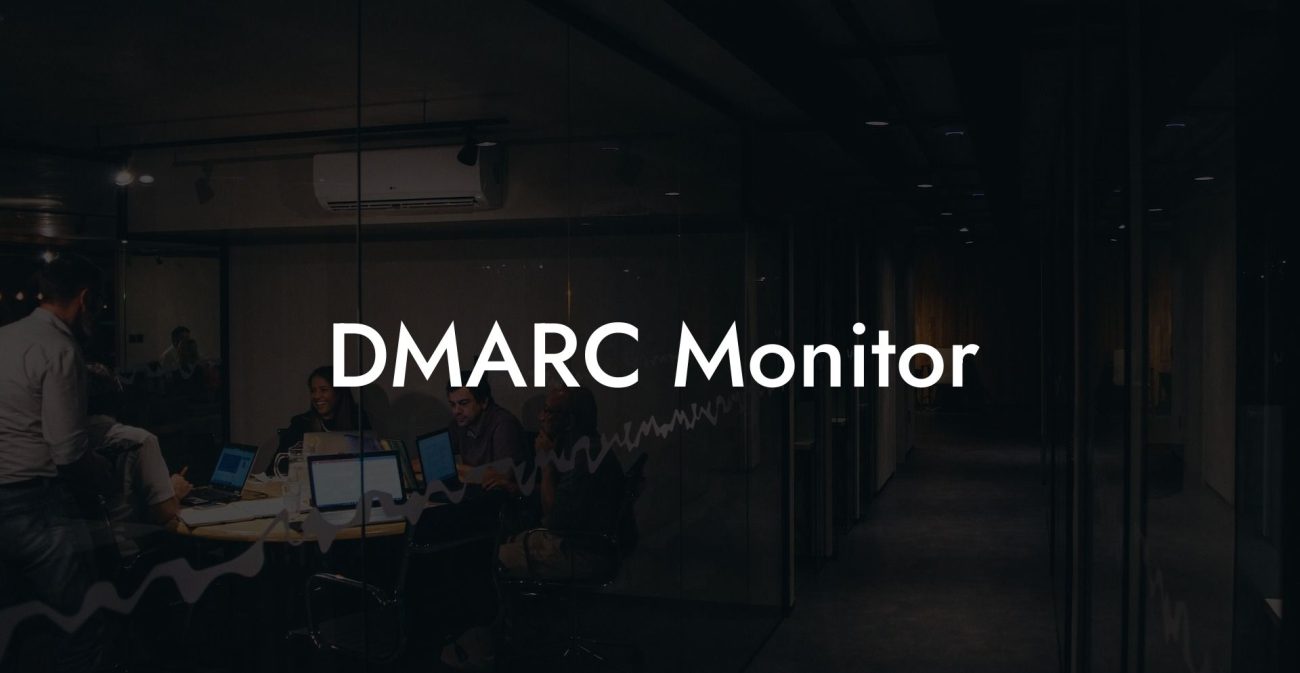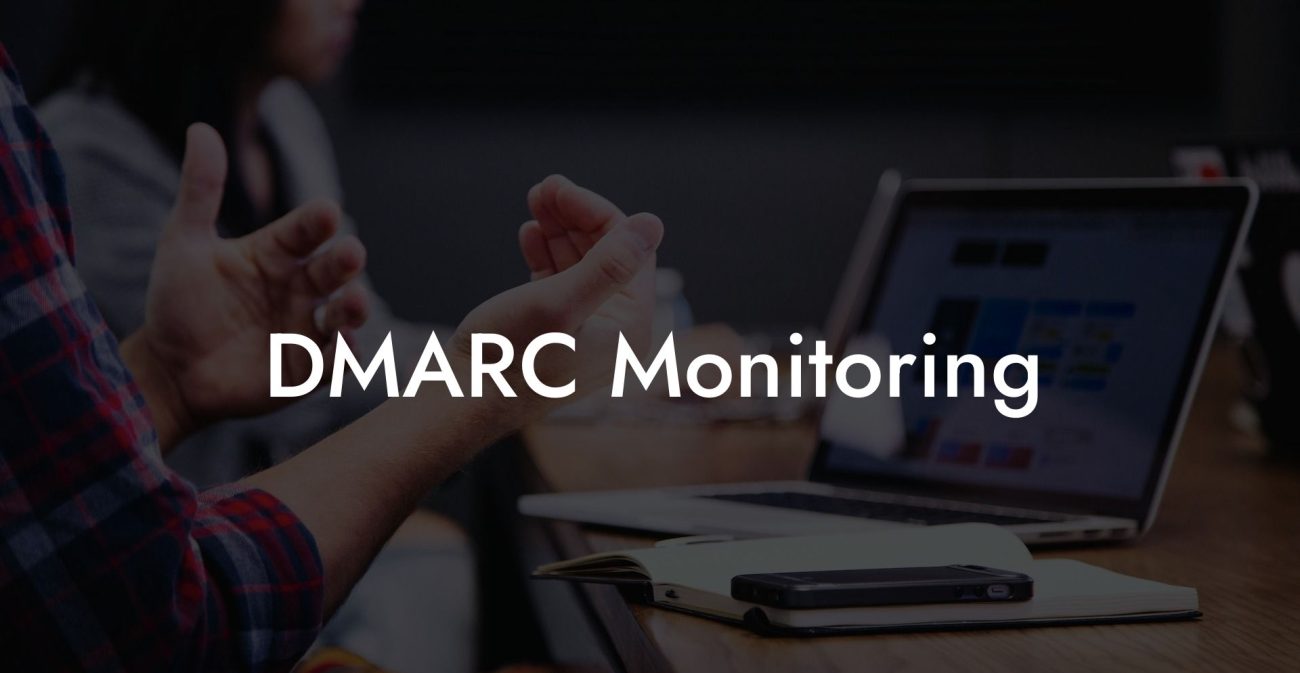Have you recently encountered the term "DMARC failed" and felt puzzled at its meaning and implications? Don't worry; you're not alone. In the continually evolving world of cybersecurity, it's essential for everyone to stay informed about the latest threats and countermeasures to protect sensitive data from malicious actors. In this Voice Phishing blog, we will dive deep into the concept of DMARC failure, its impact on your email security, and the steps you can take to resolve these issues and enhance your overall cybersecurity.
What is DMARC?
Domain-based Message Authentication, Reporting, and Conformance (DMARC) is a critical email authentication protocol that helps organizations protect their email domains from being used in phishing attacks, spoofing, and other email frauds. When implemented correctly, DMARC builds upon two other email authentication techniques, namely, Sender Policy Framework (SPF) and DomainKeys Identified Mail (DKIM), to provide added security by verifying the authenticity of both the sender's address and the content within the message.
Why DMARC Failures Occur
Protect Your Data Today With a Secure Password Manager. Our Top Password Managers:
A DMARC failure occurs when an email fails to pass the DMARC authentication checks. This can happen due to:
- Incorrect SPF or DKIM setup
- Email modifications made during transit
- Domain spoofing or forgery attempts
- False negatives or incorrect DMARC record setup
DMARC failures can result in legitimate emails being filtered into spam folders or rejected by the recipient's server entirely. On the other hand, hackers could use the weak email protection setup to send malicious emails to unsuspecting users without being flagged.
How to Resolve DMARC Failures
To diagnose and resolve DMARC failures, you need to take the following steps:
1. Analyze DMARC Reports
Keep an eye on DMARC reports received from your DNS provider, as they provide essential information on authentication failures. You can use these reports to identify any malicious activities and take appropriate action.
2. Review SPF and DKIM Records
Ensure that your SPF and DKIM records are accurate and up-to-date. Incorrect or outdated records can cause DMARC authentication failures, affecting the delivery of your emails.
3. Verify Email Routing and Forwarding
Authentication can fail if emails are modified at any point during transit. Ensure that your email routing and forwarding settings are correctly configured to maintain email integrity throughout the delivery process.
4. Update DMARC Policy
Take necessary steps to update your DMARC policy for better protection. This can include tightening DMARC alignment, changing the policy mode, and adjusting the failure thresholds. Continuously monitor and update your DMARC policy based on the analysis of your DMARC reports.
5. Perform Email Authentication Testing
Run email authentication tests to ensure that your email security protocols are working as intended. Regular testing can help identify and resolve any issues contributing to DMARC failures.
DMARC Failed Example:
Imagine an organization experiencing DMARC failures due to incorrect SPF records. Emails sent from the organization are being filtered into spam folders, jeopardizing essential communications with clients and partners.
To resolve this issue, the company should consult their DMARC reports to diagnose the cause of the failure and identify any potential malicious actors. Next, the organization should review their SPF records and make any necessary updates to improve the email authentication process. Once these updates are made, the company should run email authentication tests to confirm that DMARC authentication is functioning correctly, and the rate of DMARC failures should noticeably decrease.
Now that we've uncovered the mystery behind DMARC failures and the steps to resolve them, you can confidently implement these solutions in your organization to strengthen your email security. Don't hesitate to share this insightful Voice Phishing guide with your colleagues and friends, as this information is crucial for everyone in the battle against cyber threats. And as always, continue exploring our other guides on Voice Phishing to stay savvy and secure in the ever-changing world of cybersecurity.
Protect Your Data Today With a Secure Password Manager. Our Top Password Managers:















